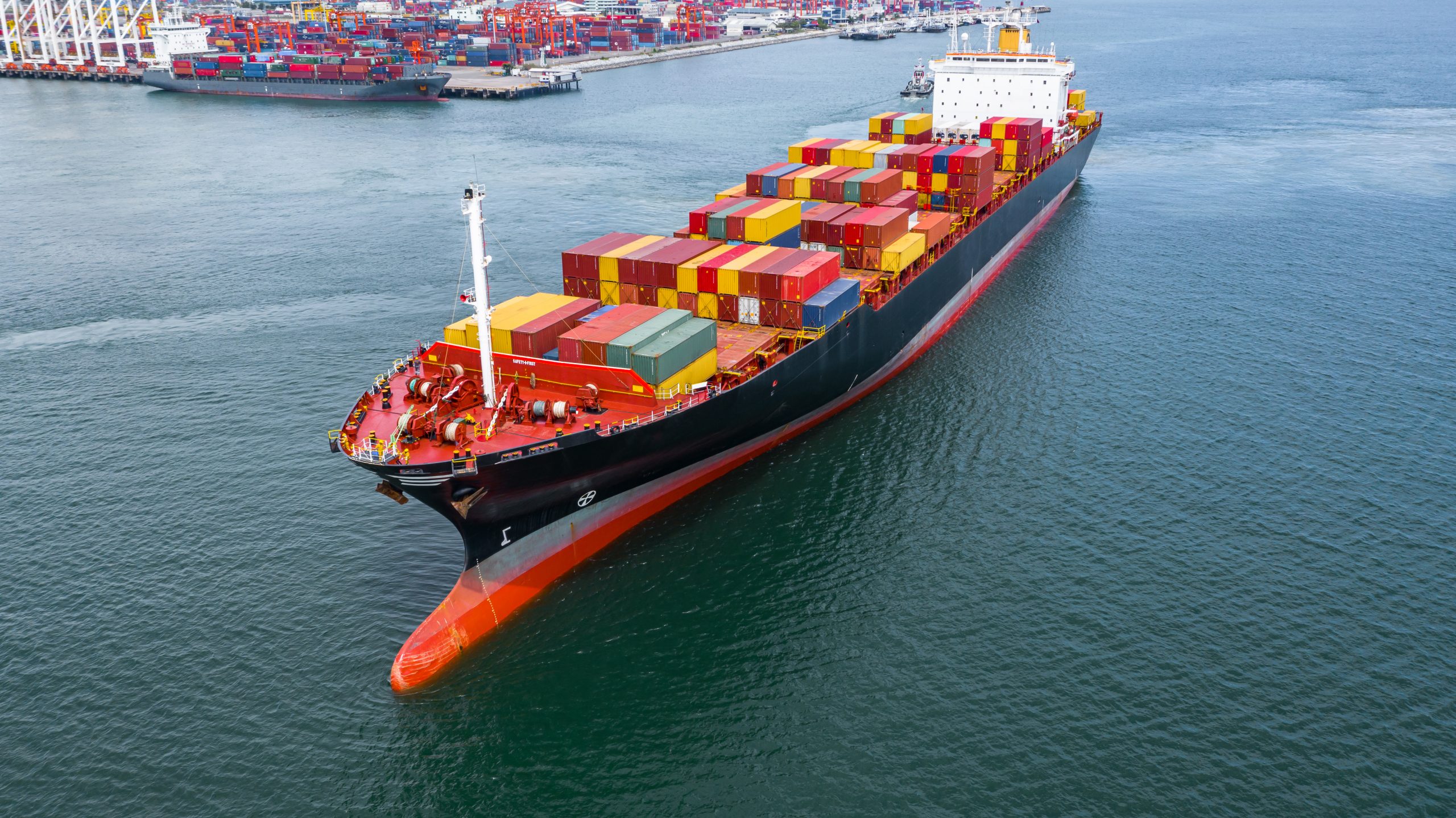This is not an ordinary year for shippers signing annual ocean service contracts with container ships. In this container season, shippers need to be careful about how much cargo they are committed to ocean container carriers. The important obstacle to be encountered in service contract negotiations this year is the matter of how much volume to handle as it is unclear. Very few cargo operators are now able to make confident predictions.
The uncertainty about how much cargo will be received from the shippers and the amount of capacity offered by the carriers for the next contract season is based on sensitive calculations, with ongoing coronavirus pandemic.
It is not known how long this global decline in demand and therefore decreases in service will continue. Therefore, the carriers have to be very cautious about the service, voyage commitments and volume commitments.
While negotiations between carriers and carriers in the past have been carried out through effective negotiations such as face-to-face meetings, they is carried out by establishing home offices from early March to the present due to the social distance constraints caused by COVID-19.
As the company’s operations to corporate account, trade, pricing, and management teams working remotely, some delays are experienced and cannot respond positively to the schedule.
Correspondence via email and approval from the competent authority has become more troublesome to conclude service contracts. Of course, these two months are a new process that includes experience and implementation. Habits will evolve as you continue and systems will likely work faster and more efficiently. Perhaps it will be more efficient than meeting and negotiating face to face. For now, it is a little more difficult having not to do face-to-face meetings, but in some cases electronical meeting platforms can be more efficient by eliminating travels.
By the way, reliable information and commercial resources should be taken seriously, as the new concept, infodemia, has the risk of spreading faster than the fastest pandemic through the electronic environment. Otherwise, it is possible to be a victim of malicious people who try to take advantage of the opportunity.
Due to the unknowns of COVID-19, some shippers and transporters have even agreed to extend their existing transport contracts by 30 days, 60 days or until the end of the year. This is valid for the current contracts, but new proposals need to be addressed separately.
In this year’s service contract negotiations, container transportation may require shippers to be tolerant of ongoing specific service and fee concerns such as demurrage and detaining fee assessments.
By the way, it is not possible to pass the surprising decrease in bunker quotes without attention. Marine industry analysts predicted that the implementation of IMO 2020 low sulfur fuel this year would put the container shipping industry in an extra bunkering cost of between $ 10 billion and $ 20 billion more. However, while the industry was expecting to be exposed to high fuel prices with the maximum 0.5% sulfur bunker application enacted by the International Maritime Organization (IMO) and enacted on January 1, 2020, the demand, which experienced a sharp decrease due to the coronavirus, lowered fuel prices.
In the first quarter of 2020, due to the jolt created by COVID-19, the predictions made in container volumes in 2019 changed significantly. However, the annual fuel costs have not increased as expected.
In the end of the day, we can say that ocean going ships have so far managed the significant drop in container rates quite well, despite some annoying idle capacity.

